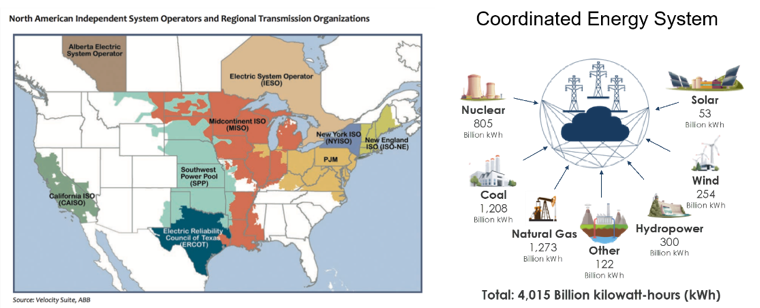Overview
What is IDAES?
The National Energy Technology Laboratory’s (NETL’s) Institute for the Design of Advanced Energy Systems (IDAES) seeks to be the premier resource for the identification, synthesis, optimization, and analysis of innovative advanced energy systems at scales ranging from materials to process to system to market. IDAES was formed in 2016 to develop new advanced process systems engineering (PSE) capabilities to support the design and optimization of innovative new processes that go beyond current equipment/process constraints. IDAES was formed to address the gaps between state-of-the-art commercial simulation packages and general algebraic modeling languages (AMLs).

The Status Quo
Major strengths of commercial simulation packages are their libraries of unit models and thermo-physical properties. Such simulation packages, however, often have difficulty optimizing flowsheets and have limited support for incorporating models of non-standard, dynamic, units, such as solids handling. In addition, these packages do not directly support uncertainty quantification. AMLs, on the other hand, are eminently flexible and readily support large-scale optimization, but considerable work is required to construct process models, which are often only useful for a one-time application. Moreover, AMLs currently lack the ability to integrate with process model libraries that incorporate thermodynamic equilibria, transport, kinetic phenomena and complex behavior at multiple time and length scales.
How is IDAES different?
The IDAES PSE framework addresses the capability gap between state-of-the-art simulation packages and AMLs by integrating an extensible, equation-oriented process model library within the open-source, DOE-funded, Pyomo AML (Hart et al., 2017), which addresses challenges in formulating, manipulating, and solving large, complex, structured optimization problems. The IDAES framework can be used for: (1) process synthesis and conceptual design, including process intensification, (2) process design and optimization, including process integration, (3) process control and dynamic optimization, (4) using advanced solvers and computer architectures, (5) automated development of thermodynamic, physical property, and kinetic submodels from experimental data, (6) integration of multi-scale models, (7) comprehensive, end-to-end uncertainty quantification, including stochastic optimization, (8) maintaining complete provenance information, and (9) the ability to support multiple scales, from materials to process to market.

How do we align with DOE’s objectives?
IDAES and its capabilities are being leveraged by several multi-lab initiatives such as CCSI2, ProMMiS, DISPATCHES, and WaterTAP that are aimed at addressing major national and DOE priorities. Application areas include carbon capture, direct air capture, hydrogen production and utilization, solid oxide fuel cells and electrolyzer cells, energy storage, hybrid energy systems, water desalination, and rare earth element and critical mineral processing. IDAES brings many benefits to the DOE, including the ability to (1) suggest promising opportunities for retrofitting existing plants with new technologies, (2) identify novel new advanced energy systems for further development, (3) analyze various concepts to increase the ability to technically differentiate alternatives, and (4) support ongoing development, scale up, and deployment of new energy technology.
